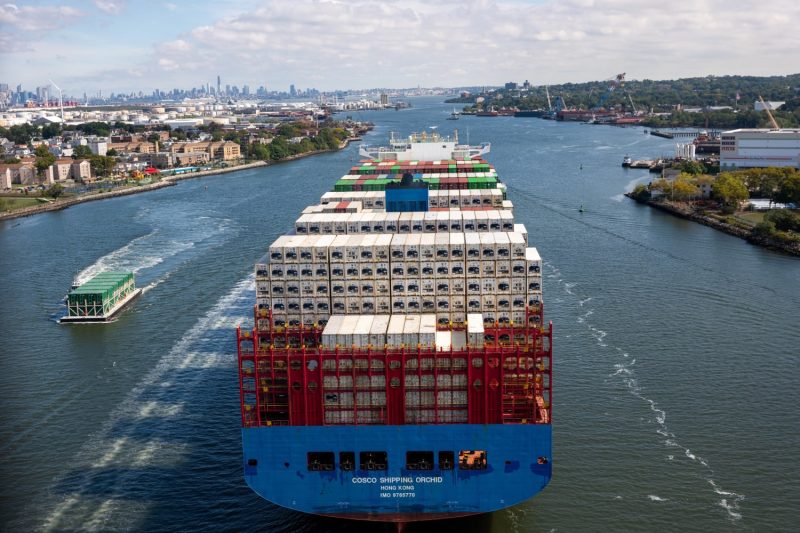As the dawn breaks, not a ship is docking nor a single container being lifted; the bustling hubs of economic activity at the East and Gulf coast ports of the United States are eerily silent. This is the unprecedented scene currently unveiling as thousands of port workers stage a large-scale strike, bringing operations at these crucial nodes of international trade to a halt.
The epicenter of this mass protest revolves around two significant regions: the Eastern Coast, with crucial ports stretching from Boston to Miami, and the Gulf Coast, where some of the nation’s busiest ports such as Houston and New Orleans are located. These ports provide a significant channel for international trade, and their current inoperative status sends ripples through various sectors and industries.
The cause behind the strike is a confluence of factors. Chief among them are working conditions, wages, and contract disputes. Workers feel that their contributions to keeping the nation’s commerce afloat have not been adequately reflected in their remuneration and benefits. These points of contention have been brewing for some time but have reached a tipping point, resulting in the current strike.
Effects of the strike are far-reaching and felt across continents. The post-pandemic global supply chain, which has been under enormous strain due to increased demand, is dealt a blow by the ports’ closure. Consumers, manufacturers, and retailers in the U.S. and globally are left grappling with delayed shipments and increased costs.
In the automotive industry, for example, delays in component shipments have led to production slowdowns, impacting the delivery schedules of new vehicles. The agriculture sector is also hit hard, with key-export commodities such as grains and meat experiences bottlenecks in overseas shipping, impacting farmers and potentially raising prices for consumers.
Within the retail industry, the knock-on effects are especially profound. With the disruption in the flow of goods, retailers are faced with incomplete inventories, potentially leading to lost sales and dampening the resurrection of the retail market that has been gingerly emerging from the COVID-19 pandemic’s effects.
Moreover, the ongoing shutdown further hampers the global economic recovery. Jobs that hinge on the ports’ activities across all sectors are currently hanging in the balance, and if the situation persists, this could lead to job losses and a subsequent dip in consumer spending power.
The Government and relevant stakeholders have been drawn into urgent discussions to resolve the impasse. Seeking a swift return to normal operations, they are trying to negotiate terms that are agreeable to both workers and management. However, these negotiations’ outcome remains uncertain, and for as long as they remain unresolved, the economic chain reaction caused by the shutdown continues to escalate.
The current situation underscores the critical role that port workers play in powering not just America’s but the global economy as well. It highlights the interconnectedness of the world, where a localized strike can cause waves across international borders. It’s also a stark reminder for the improvement of port workers’ conditions whose labor undergirds the chains of global commerce.
In these tumultuous times, the world watches on, hoping for a quick resolution that will set the wheels of the global economy back in motion – restarting the engines of the hushed port industries on the East and Gulf coasts of the United States. Until then, the echo of silent cranes and idle ships continue to reverberate, signaling the complexities and high stakes of labor negotiations in our interconnected world.




